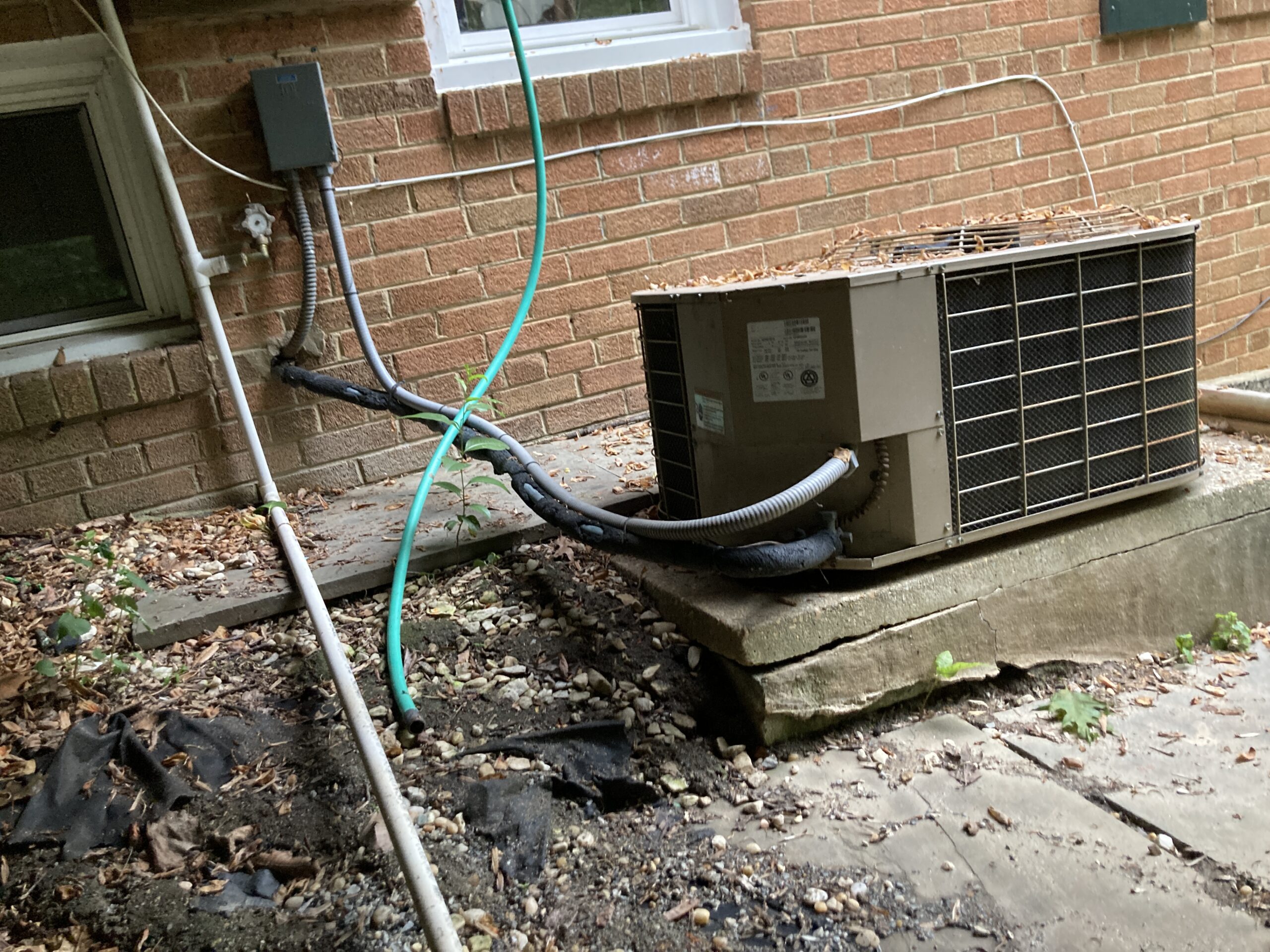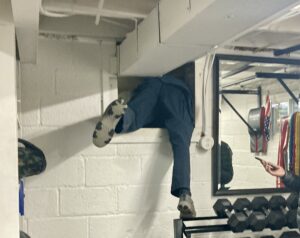We knew our HVAC system’s days were numbered when we bought our home in 2016. Luckily, we got an additional 5+ years of use out of it before the A/C completely bit the dust a couple months ago. Our home already had ductwork in place so it was cheapest/easiest to stick with a furnace + condenser system. Below are several “lessons learned” from our experience.
(Note: If you are adding central air and/or heat to a home that does not currently have it or are curious to learn about the different types of systems that could come with a home, check out this article for an overview of options.)
Plan ahead. Nothing is worse than your AC quitting in the middle of a heatwave or your furnace dying during a bomb cyclone, but it seldom happens the other way around 
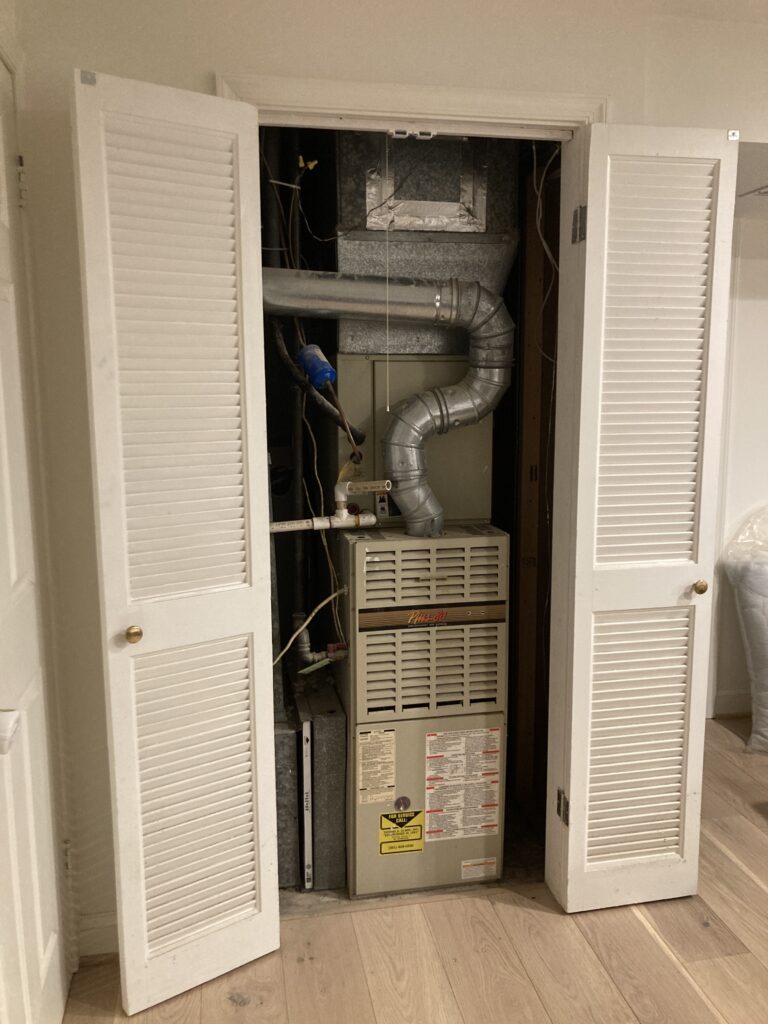
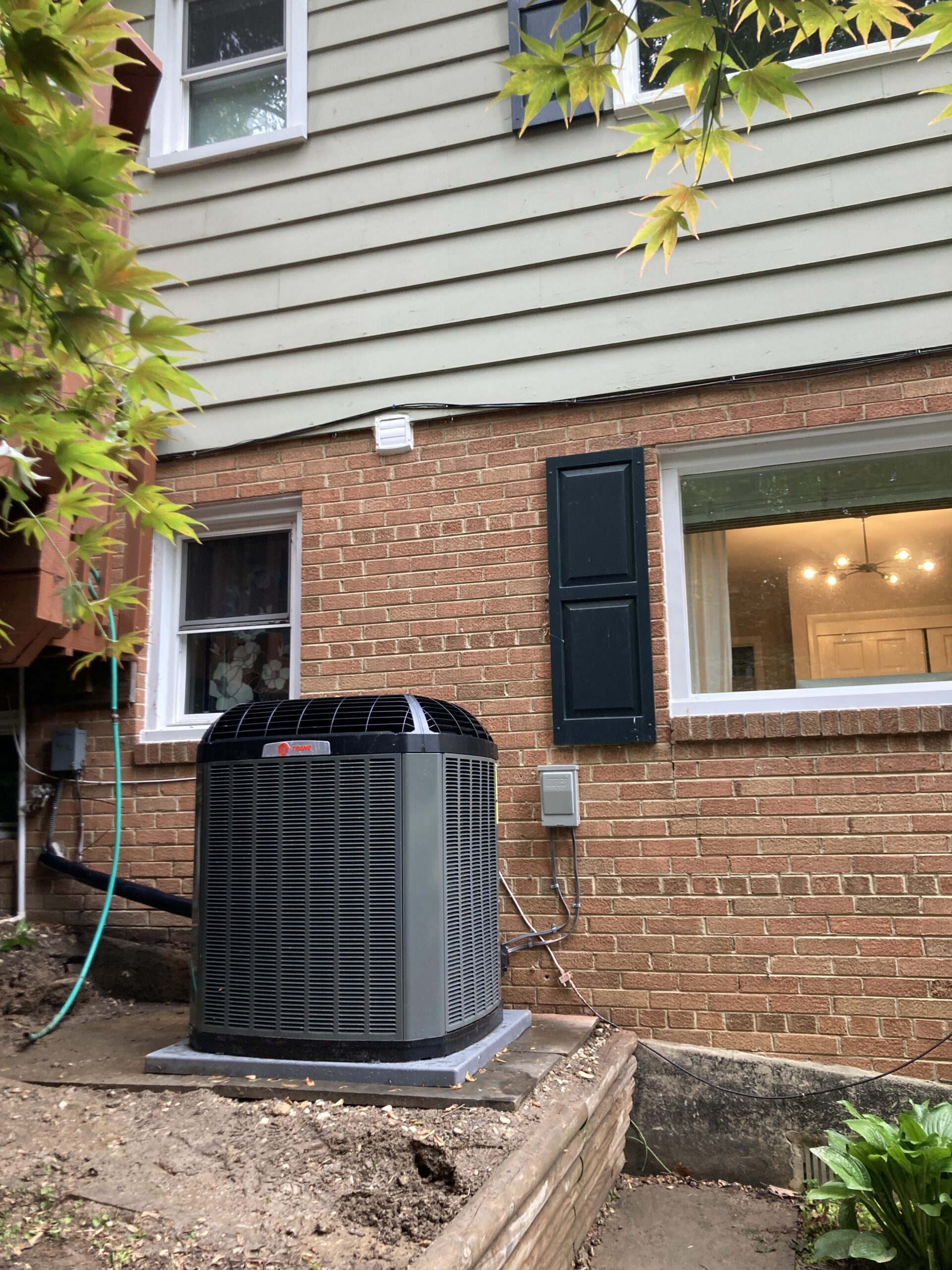
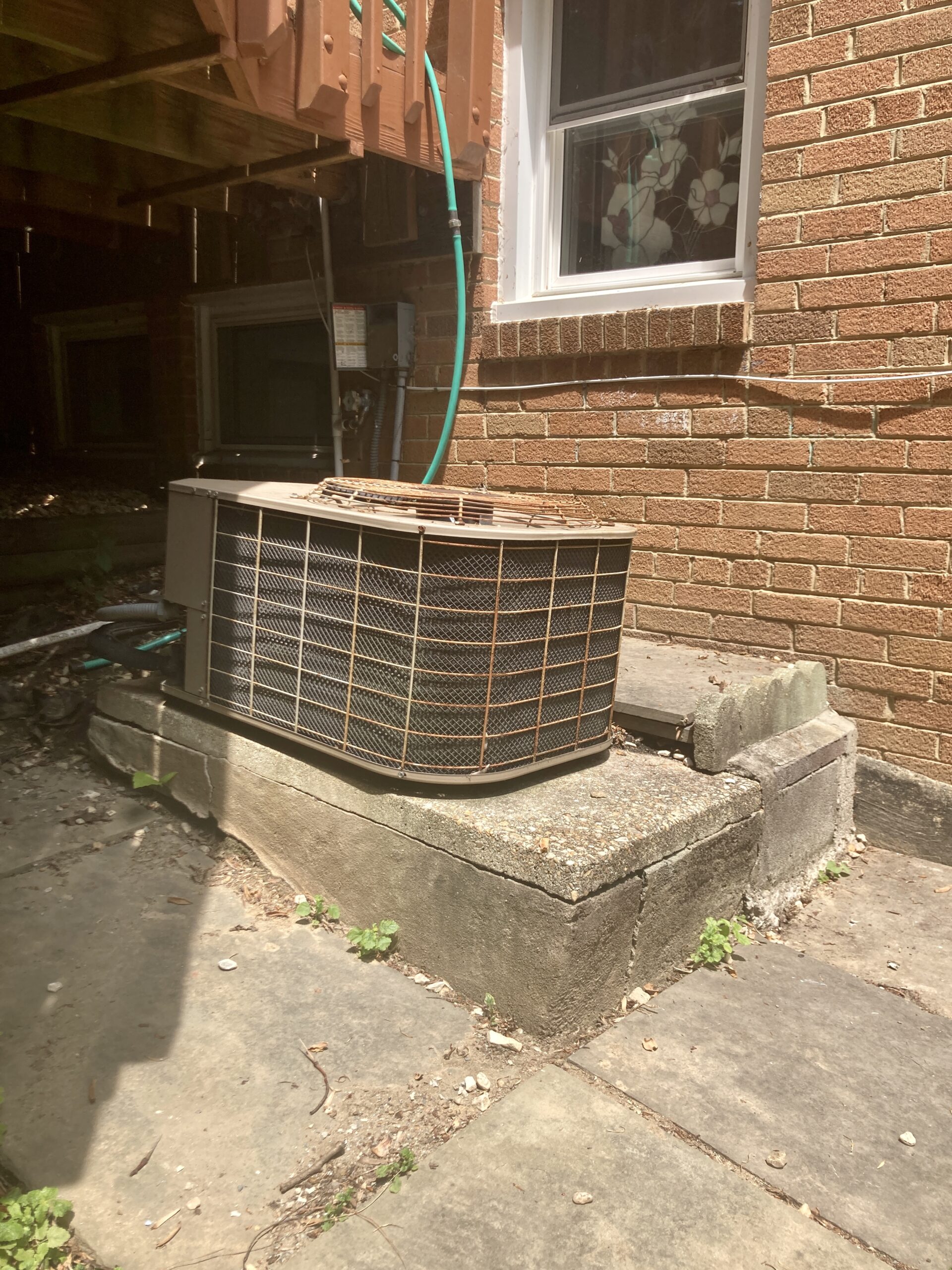
Choose a reputable HVAC company. A new HVAC system is far from a “plug and play” device. There are countless parts and it’s literally built at your home. Thus, the brand of the system is not only important, the company who “builds it” in your house also is. Questions to ask: What warranty is available on the system? What warranty is available on the installation? What HVAC brands do you recommend and carry? (Top brands include: Train, Carrier, Goodman, and Rudd, and most HVAC companies only offer one or two brand choices.) Does my county require an inspection or permit for the install and how is that handled? Can the new equipment fit where my other system was? A reputable company can answer all these questions!
Your venting may need an upgrade too. If your furnace vents through a mason or terracotta-lined chimney, the chimney will need to be inspected before you replace your system. If you are upgrading to a system with over 80% efficiency, the chimney will need an insert made of special venting material such as PVC or stainless steel.
Consider installing dampers. As an alternative to a dual/zoned system, dampers allow entire branches of duct work to be cut off with a lever. Depending on how your duct work is set up, this could, for example, allow you to direct all cold air upstairs in the summer.
Consider investing in a dehumidifier. Your new high-efficient HVAC system will need to run less often than your old system because it cools the house faster. While this is great for your bills, it also means the humidity is being pulled out of the air less often. To combat this, look into having a dehumidifier built into your system.
Consider an upgraded HEPA (High Efficiency Particulate Air) filter. While ordinary filters help remove some dust from the air (when changed regularly), they do little to trap the microscopic particles that can be a pain during allergy season. HEPA filters are designed to stop those tiny particles.
And last but not least, if you’re environmentally minded and have it in your budget, consider an electric heat pump or hybrid system instead of a gas furnace to limit use of fossil fuels. Some municipalities, like Takoma Park, Maryland, are phasing out gas-fired furnaces, so it’s good to check with your town or city to see what their upcoming regulations are.
As always, hit us up with any questions or requests for our recommended service providers.

